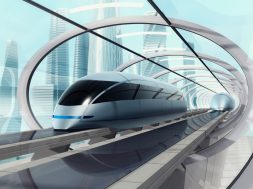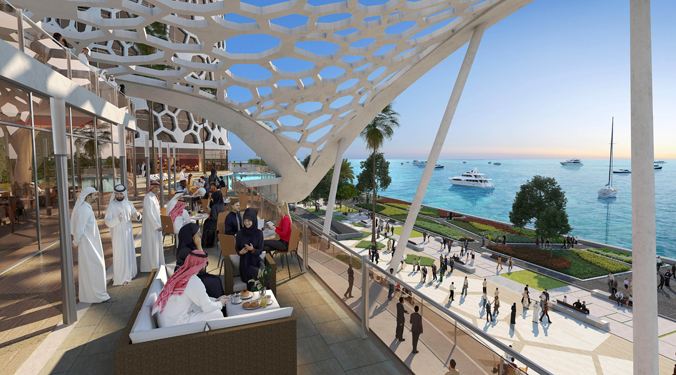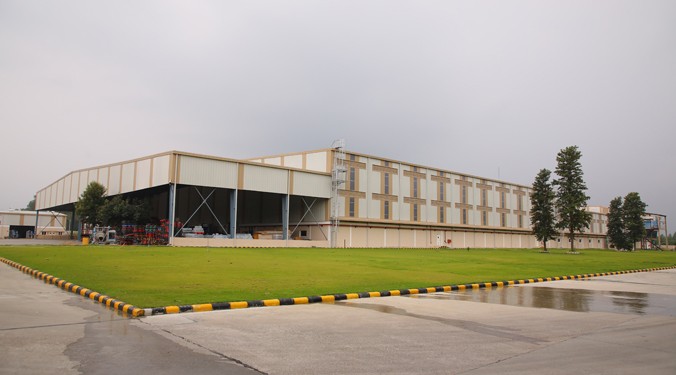A homage to the dream of flying
A homage to the dream of flying
A case study by Justus Pysall of Pysall Ruge Architekten on one of the world‘s largest aviation museums
A cultural building on a historic siteOn the former Rakowice-Czyzyny airfield near Krakow, a place steeped in history, a team of architects — Pysall Ruge — has built one of the world‘s largest aviation museums. The architects aligned their plans to the fascination of flying, the structure of the historic airfield and the impressive technology. The old hangars of the Rakowice-Czyzyny airport provided the basis for the layout of the square base (60 m x 60 m) and the height of the new building. The building looks as if it has been cut and folded like a paper airplane. It has three wings, is cast in concrete but is still light and airy.
To achieve the desired colour and ensure harmonious integration into the aviation park surrounding the museum, the architects opted for Bayferrox pigments (shade 330/1). In addition to the airplane exhibits, the new building accommodates a 3D cinema, a restaurant with a bar, a library, a lecture room, offices and meeting rooms. Through intelligent ventilation and the intensive use of daylight, a particularly resource-saving energy concept was implemented. Compared with conventional air-conditioning and lighting concepts in comparable museums, the building’s energy costs are down more than 40 per cent.
A concept that respects the environmentThe exhibition connects optically to the outdoor areas and offers a view of the airfield with the planes lined up outside. The planes in the north wing do not give the appearance of being shut in; they look as if they are taking shelter and are ready to take off at any time. The fascination of aviation is perpetuated outdoors in the aviation park. Historic planes are stationed along the former taxiways to the landing strip. The authenticity could easily make one forget that these are museum items.
Neutrality as a colour conceptBefore starting to design the Aviation Museum in Krakow, the team of architects at Pysall Ruge analysed the architecture of several other museums. “Many of the concepts seemed to us to be too restless,” said Justus Pysall. With their decision to opt for anthracite coloured concrete with Bayferrox 330/1, the architects came up with an attractive alternative. The exhibits stand out perfectly from the dark background, whether the planes are blue, silver or red. A total of 3,500 cubic metres of concrete were coloured with 39 tonnes of Bayferrox 330/1. The pigments were delivered in sacks and processed in batches at the concrete factory. Cemex Polska supplied the concrete.
LocationKrakow, PolandArchitecturePysall Ruge Architekten with Bartlomiej KisielewskiPrinceMuzeum Lotnictwa Polskiego w KrakowieProject participantsRegional administration of MalopolskaConstruction period2008–2010Area3,378 sq. metresAmount of concrete3,500 cubic metresPigment volume39 tonnesForm suppliedPowder pigment in paper sacksPigmentsBayferrox 330/1
Cookie Consent
We use cookies to personalize your experience. By continuing to visit this website you agree to our Terms & Conditions, Privacy Policy and Cookie Policy.









